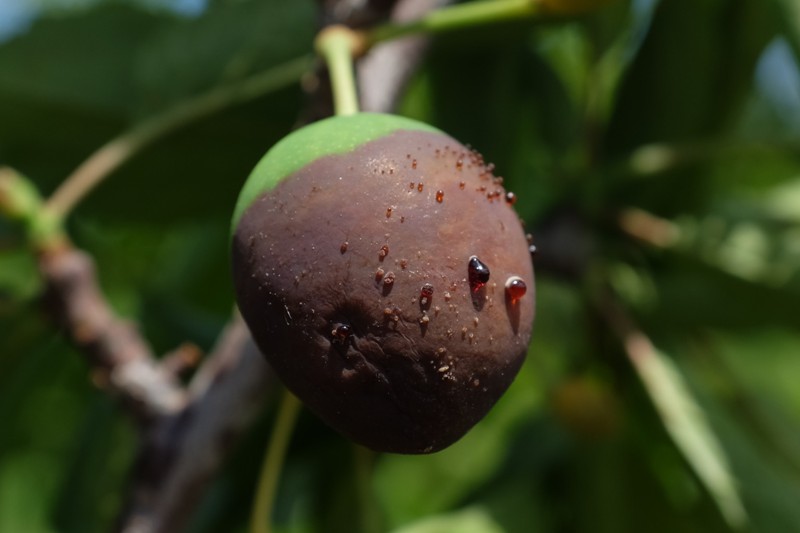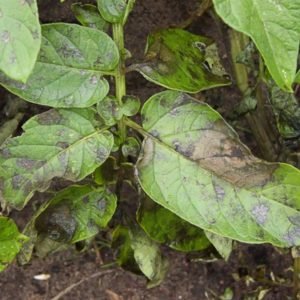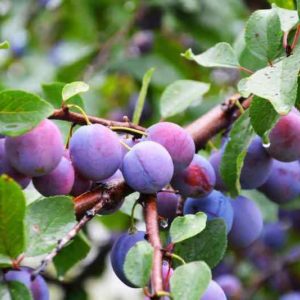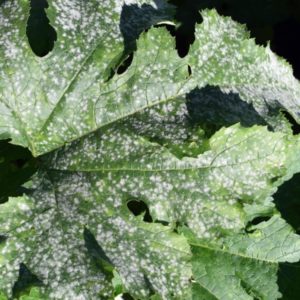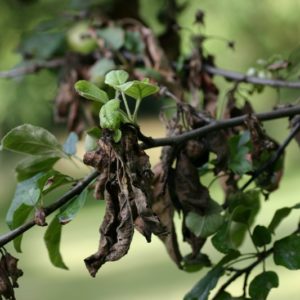Black rot or fruit rot is a pest fungus of fruit trees that can have serious effects on the crop.
It attacks the fruits which end up rotting. It is also referred to as fruit rot.
The only way to overcome this disease is to start it as soon as the fruits and leaves fall and start again the following spring.
Conditions favorable to moniliosis

Like most fungal diseases, the presence of a certain humidity favors its appearance.
Moniliosis usually appears in the spring.
Diseased fruit trees
It is the most common disease of fruit trees and little spared.
Indeed, most fruit trees can be affected and the disease can be easily transmitted from one tree to another.
Among the fruit trees most often affected by moniliosis, we find apple, pear, cherry, quince, lemon, orange, peach or plum.
Symptoms of moldy fruits on the tree
A light brown spot first appears on the fruit which then softens, expands and ends up contaminating the whole fruit, then wilting and finally rotting.
The fruits then take on a grayish tint and a grainy appearance and remain to hang on the tree throughout the winter if they are not removed.
It is then important to get rid of them and destroy them.
In the photo, we see apples affected by black rot, it gives the effect of rotting fruit on the tree.
Treat moniliosis, fruit rot

The fight against fruit rot takes place several times a year and it begins as soon as the fruit and leaves fall.
Warning! It also spreads through the air, so the fungus can overwinter on branches on leaves or fruit left on trees.
- Spray with Bordeaux mixture in the fall and winter, repeating the operation 2 to 3 times at 15 day intervals.
- In the spring, there are also treatments based on Distribute and wipe, often sold under the name “diseases of fruit trees”.
- It is applied at the start of flowering to avoid any risk of developing moniliosis.
- Always in spring, after the first fruits appear on the tree, thin out.
- To do this, remove certain branches to avoid too abundant fruiting.
The fruits should not touch each other as this promotes the spread of the fungus.
Preventively
In the fall, collect leaves and fruits and burn them or throw them in a secluded place.
It is important not to put them in the compost because the fungus will settle and could reappear when you use your compost in the garden.
In a curative way
As soon as the disease appears, remove all diseased fruits.
Above all, avoid any injury to the tree. If you find it injured, treat it immediately with a healing putty.
Other common diseases of fruit trees
- Aphid control
- Treatment against caterpillars
- Fight against powdery mildew
- Treating the fruit fly
- Cherry fly control
- Control of whiteflies
- Limit the appearance of rust
- Fight against mildew
- Scab control
